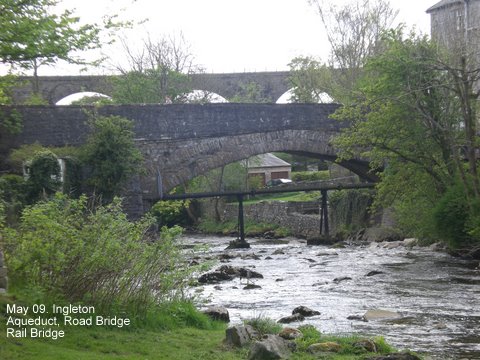|
Anne Worsley of
Edgehill University spoke about the Footprints at Formby, People
and the Prehistoric Landscape. Anne spoke about the palaeo-environments
of Formby and its changes over the centuries. By studying the
prints left in previous sediments that are now being revealed my
tidal scouring it is possible to deduce that the area was
populates by Aurochs (prehistoric cattle), Wolf, red Deer, Roe
Deer, Unshod Horses, Sheep and Goats. Pollen analysis and roots
reveal the previous presence of Oak, Pine, Alder and Birch. |

Foot detail of adolescent male |
|

Aurochs depicted in the Lascaux cave paintings |
We have heard
of carbon dating but another dating method I was not familiar
with is OSL. OSL dating (optically stimulated luminescence)
which is a method of determining how long ago minerals were last
exposed to daylight. It is useful to geologists and
archaeologists who want to know when such an event occurred. The
accuracy obtainable under optimum circumstances is about 5%.
Ages can be determined typically from a few hundred years to
100,000 years, and can be reliable when suitable methods are
used. Crucial to the optical dating method is that there was
adequate daylight exposure to the mineral grains before they
were buried. An interesting requirement of this method is that
samples are collected in the dark. With the human footprints
Carbon-14 and OSL dating, indicates that they are late-
Mesolithic to mid-Neolithic in origin. |


